News
VTT: structure influences nutritional properties of cereal foods
26 Jun 2018In her dissertation, a research scientist at VTT Technical Research Centre of Finland, explored the impact of cereal food structure on the first steps of digestion and on postprandial satiety.

In her dissertation, Master of Health Sciences Saara Pentikäinen, a research scientist at VTT Technical Research Centre of Finland, explored the impact of cereal food structure on the first steps of digestion and on postprandial satiety. She studied how breads with different structures disintegrate in mastication, what kind of compounds dissolve from the bread matrices to saliva, and how the cereal food structure influences postprandial satiety.
Pentikäinen observed that rye breads disintegrated into smaller particles than wheat breads in mastication. However, due to the influence of salivary amylase, the starch in rye bread tended to hydrolyse at a slower rate than starch from wheat bread. The study gave new information on the compounds that were dissolved to saliva already in mastication. Specifically, peptides and amino acids were dissolved from rye breads and sugars from wheat bread.The research used non-targeted metabolomics analysis to explore the dissolution of compounds from food to saliva. Compounds dissolved from food in the early steps of digestions are said to be interesting as they may have an influence on the postprandial blood glucose responses or satiety.Among rye products with different structures and similar chemical compositions, more porous products − wholemeal rye bread or extruded wholemeal rye puffs − consumed with juice were more effective than extruded wholemeal rye flakes with a denser structure and juice to maintain some aspects of satiety. The intensity of oral processing due to structural differences between the foods did not relate to satiety response, whereas the perceived pleasantness and expectations about the satiating capacity of food did affect the feeling of postprandial satiety. The consistency of the chyme in the stomach also probably contributed to the evocation of the feeling of satiety.In other words, the impacts of the structure of cereal foods on satiety are transmitted through both sensory perception and physiological processes. These aspects, the author believes, should be taken into account when developing pleasant and healthy food products.In the Finnish diet, cereal foods account for approximately one third of the total energy intake and almost half of the intake of digestible carbohydrates. Cereal foods are a significant source of dietary fibre and protein, vitamins and minerals. Wholegrain cereals, which contain all parts of a grain − bran, endosperm and germ − in their original proportions, is rich in nutrition.A diet with large amounts of wholegrain cereals and dietary fibre is associated with lower risk of cardiovascular disease, type 2 diabetes and cancer.Not only composition, but also the structure of food affects its nutritional properties. For example, the carbohydrates of porous wheat hydrolyse much faster in digestion than the carbohydrates of dense pasta, causing a rapid jump in the blood glucose level. Porridge with whole rye kernels is more effective than rye porridge with milled kernels to maintain satiety.Related news
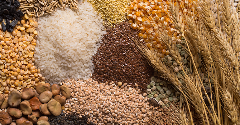
Sustainable grains present a healthy growth opportunity
3 Oct 2024
Food insights provider SPINS unveils the latest trends in the sustainable grains field, exploring how seven leading grains show healthy growth despite challenges in the global value chain.
Read more
New environmental food scoring standards emerge
30 Sep 2024
EIT Food and Foundation Earth collaborate to launch environmental food scoring for products entering the global supply chain.
Read more
Africa progresses with food transformation strategy
19 Sep 2024
Large-scale efforts are underway to drastically change the African food sector with a $61 billion (€55 bn) set of proposed transformation plans to be implemented across forty countries. Yet there are concerns that this initiative severely jeopardises s...
Read more
Diestel is first turkey producer to snag Regenifed certification
17 Sep 2024
In the US, Diestel Family Ranch, a family-owned turkey farming venture, has become the first producer to gain Regenified certification for its whole turkey and processed turkey product ranges.
Read more
Upside Foods sues Florida over cultivated meat ban
10 Sep 2024
In May, Florida became the first US state to ban cultivated meat's sale, manufacture, and distribution. Upside Foods, a cultivated chicken startup, has filed a federal lawsuit in response, arguing that the law is unconstitutional.
Read more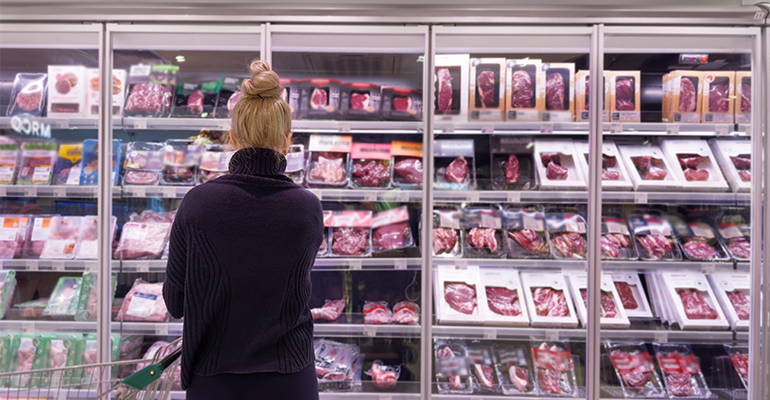
European consumers want more freedom to choose biotech-based food
3 Sep 2024
Survey findings point to growing levels of interest in cultivated meat as European consumers say they want the freedom to choose the lab-based products.
Read more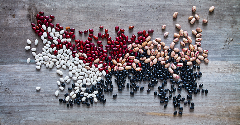
How alternative proteins could transform US agriculture and restore natural ecosystems
30 Aug 2024
As the US seeks new strategies to meet its environmental targets, a recent report from the Good Food Institute (GFI) and Highland Economics highlights the potential of alternative proteins to drive significant progress.
Read more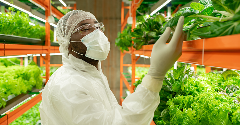
How insecure are our global food systems?
29 Aug 2024
Countries across the globe are struggling to secure safe and accessible food, according to recent reports.
Read more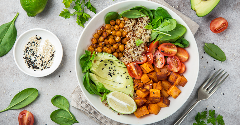
Austria’s new dietary guidelines recommend less animal protein and more plants
23 Aug 2024
Austria's dietary guidelines have been updated to reflect health and climate parameters. Both an omnivorous food pyramid and a vegetarian version are included, marking the first time a separate pyramid for vegetarians is provided.
Read more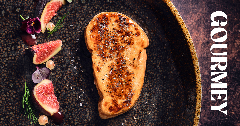
Will ‘foie gras’ become the EU’s first approved cultivated meat?
20 Aug 2024
French startup Gourmey has submitted its cultivated foie gras for approval in the European Union (EU), signalling the first application of its kind in the region.
Read more